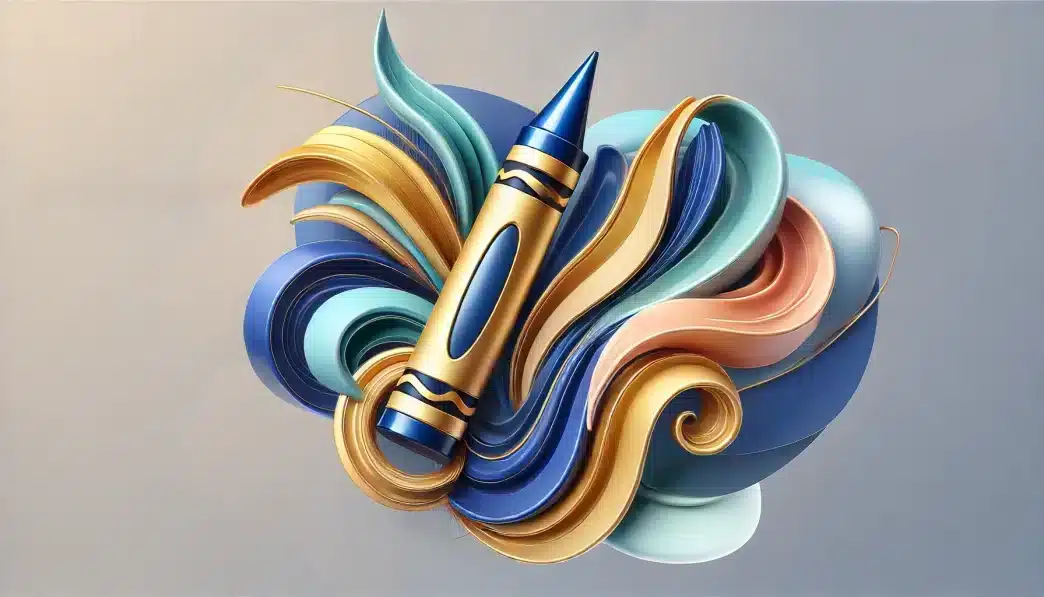What is National Crayon Day?
National Crayon Day is observed annually on March 31 in the United States to celebrate the joy, creativity, and nostalgia that crayons bring to people of all ages. Crayons have been a staple in childhood education and artistic expression for generations, providing an accessible and colorful way to create. This day encourages children and adults alike to embrace creativity through drawing, coloring, and artistic projects.
History and origin
The history of crayons dates back centuries, with early versions made from charcoal and oil. The modern wax crayon, however, became widely available in the early 20th century. One of the most well-known crayon brands, Crayola, was founded in 1885 by Edwin Binney and C. Harold Smith, producing its first box of eight crayons in 1903. Over time, crayons have become a household essential, used in schools, homes, and art studios around the world.
National Crayon Day is also recognized as a day to honor the evolution of coloring materials and the role they play in childhood development. It has been embraced by educators, parents, and artists as a way to highlight the importance of creativity and artistic expression. Some even use this day to retire old crayons and replace them with fresh new colors.
Who observes National Crayon Day?
- children and parents who enjoy coloring together as a creative activity
- teachers and educators who use crayons in classroom art projects
- artists and illustrators who incorporate crayons into their work
- museums and libraries that promote art education and creative expression
- nostalgia enthusiasts who celebrate the memories associated with childhood coloring
Slogans and themes
National Crayon Day is about creativity, self-expression, and the joy of color. The observance encourages people to explore the artistic possibilities of crayons and to appreciate their impact on early childhood education. Popular phrases associated with this day include color outside the lines, let creativity shine, and crayons bring imagination to life. The day serves as a reminder that artistic expression is valuable at any age.
Colors, symbols, and patterns
Colors
- rainbow hues, representing the full spectrum of crayon colors
- primary colors, symbolizing the foundation of art and creativity
- pastels and bright shades, highlighting the playful nature of crayons
Symbols
- crayon boxes, representing the variety of colors available
- coloring books, symbolizing artistic exploration and creativity
- wax sticks, depicting the classic shape and texture of crayons
Patterns
- scribbled lines, reflecting the spontaneous nature of coloring
- geometric shapes, commonly used in early childhood drawings
- swirls and abstract designs, representing freeform artistic expression
Most used hashtags
- #nationalcrayonday
- #coloringfun
- #crayonsforeveryone
- #letcreativityshine
- #artforallages
How to observe National Crayon Day
- create a drawing or coloring project using crayons and share it with others
- visit an art museum or gallery to explore different forms of artistic expression
- organize a coloring activity for children or a community event focused on creativity
- recycle or donate old crayons to schools, libraries, or organizations that support children’s art programs
- post favorite childhood coloring memories or artwork on social media using the day’s hashtags
Why is National Crayon Day important?
National Crayon Day highlights the significance of art and creativity in everyday life. Crayons are one of the first tools children use to express themselves, making them an essential part of early education and development. This day reminds people that creativity has no age limit and that simple tools like crayons can inspire imagination, storytelling, and artistic passion for generations to come.
Features
March 31: Crayon Day (United States)
Why do you keep falling for the same type?
Read the article Lovemaps: the hidden blueprint of our love.

